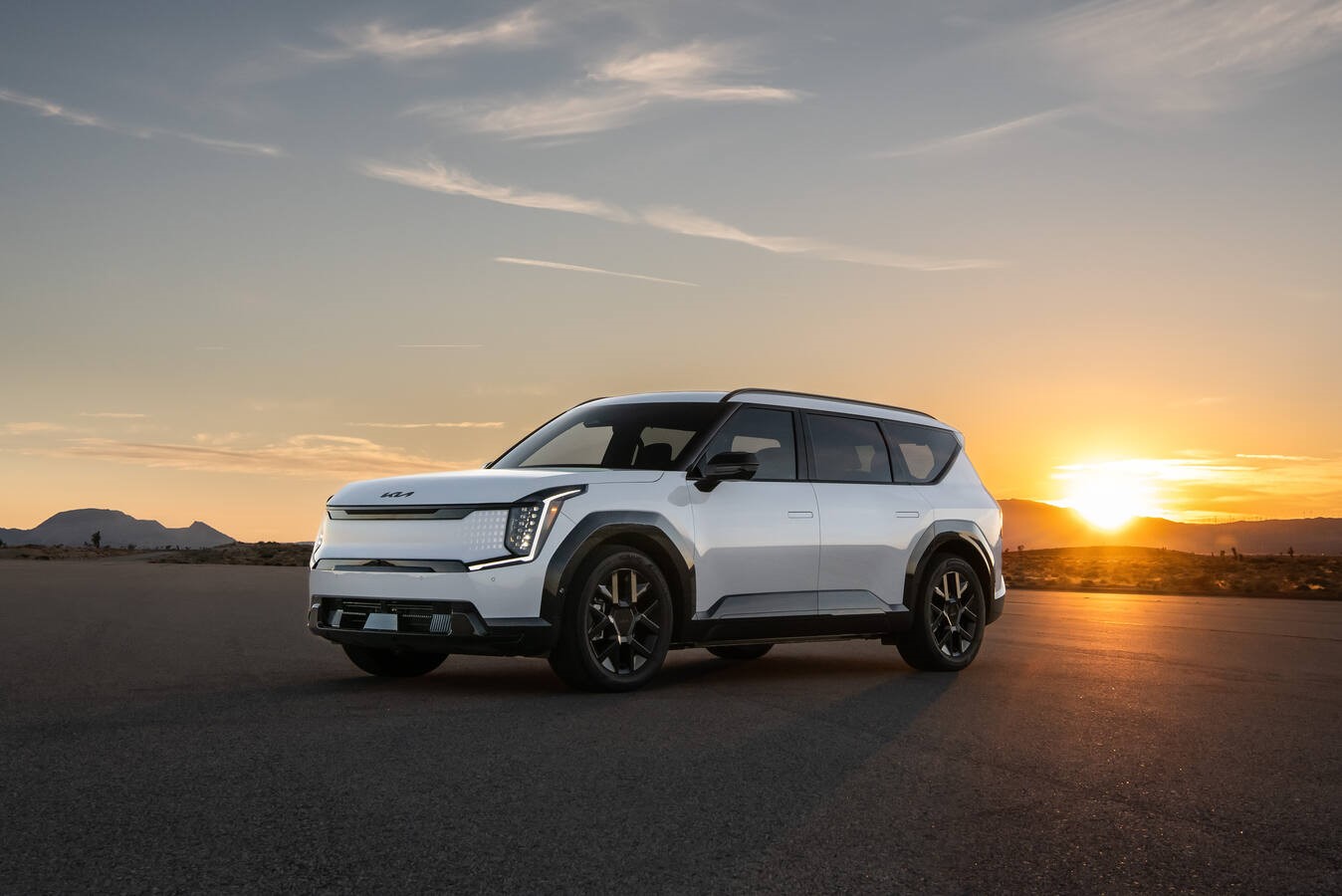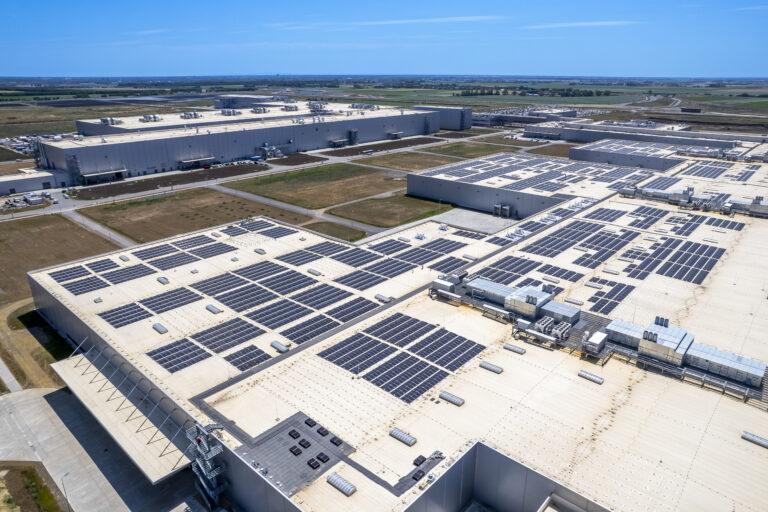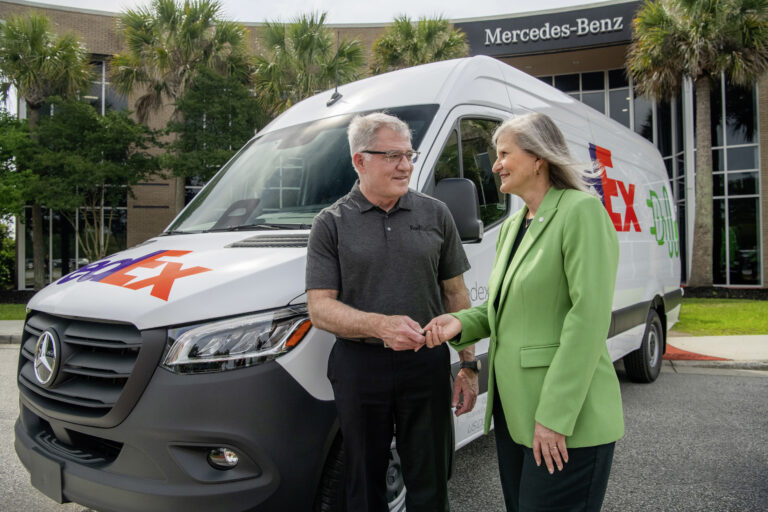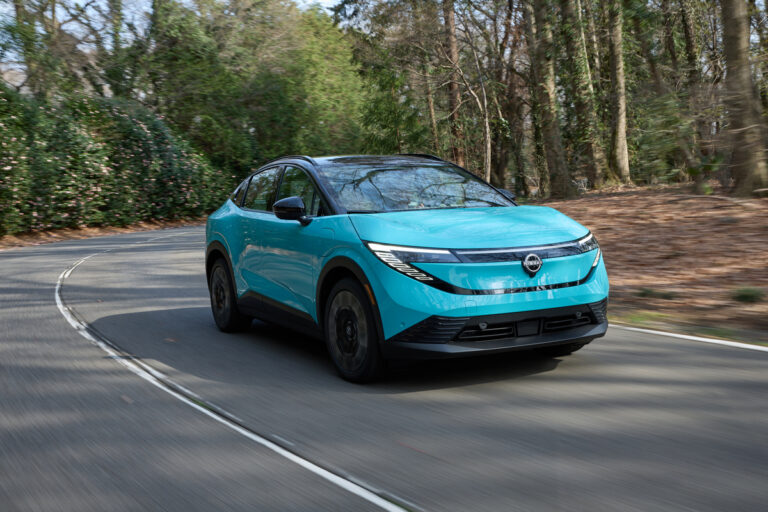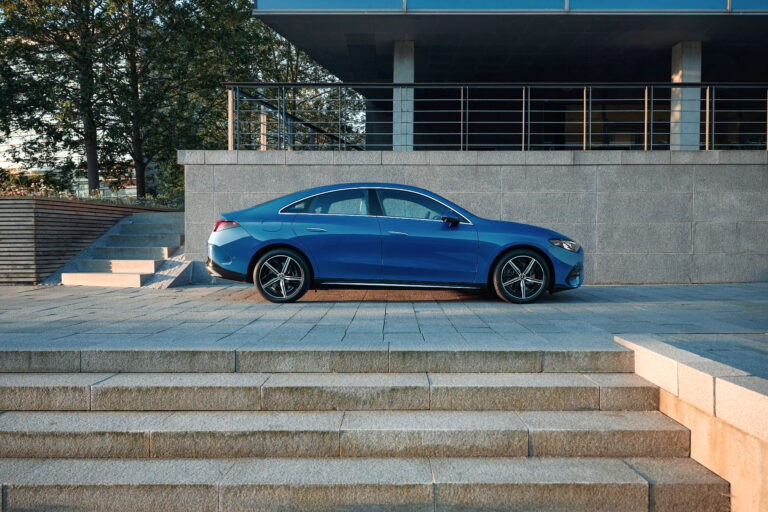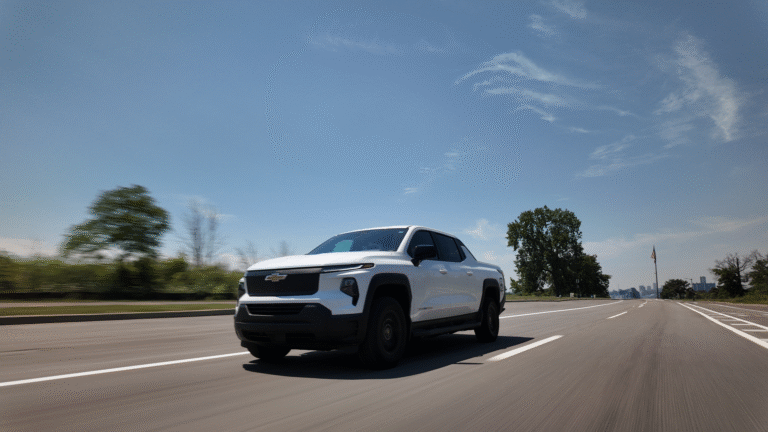Which EVs Still Qualify for the $7,500 Tax Credit?
EV tax credit eligibility is changing, but buyers can still save $7,500 on select electric and plug-in hybrid models before the September 30 deadline.
The full list of eligible vehicles before the September 30 deadline
As September 30 approaches, American car buyers are scrambling to find out which vehicles still qualify for the $7,500 federal EV tax credit. The clock is ticking, and for many families, this incentive makes the difference between dreaming about an electric future and actually affording one. Here’s the complete list of qualifying vehicles from family SUVs to performance EVs before the credits vanish.

Why does this matter right now?
The $7,500 federal EV tax credit is set to expire for many models on September 30, meaning consumers only have days to take advantage. For brands like Kia, GM, and Tesla, these credits provide a vital push to get hesitant buyers over the line. Automakers structured pricing and trims to meet eligibility rules, but once the cutoff arrives, the government’s generosity dries up. That means cars like the Kia EV9 or Chevrolet Silverado EV could suddenly feel $7,500 more expensive overnight.
Kia leads with its E-GMP platform. The EV6 is a sleek crossover with up to 282 miles of range, while the high-performance GT version rockets from 0–60 in just 3.4 seconds. Families eye the three-row EV9 with swivel seats and sustainable materials, good for up to 304 miles of range. Both remain fully eligible for the credit until September’s end.
General Motors fields heavy hitters. Chevrolet’s Blazer EV and Equinox EV are strong contenders, but the Silverado EV steals headlines. With up to 450 miles of range, 754 horsepower in Wide Open Watts mode, and a clever Multi-Flex Midgate that swallows ten-foot cargo, it redefines what a truck can be. Buyers also get 10.2 kilowatts of onboard power, adaptive suspension, and a cavernous frunk all still subsidized by Uncle Sam.
Read how Audi’s latest Q5 tackles the EV challenge for context on how legacy automakers are competing in this space.

How does it compare to rivals?
Luxury buyers aren’t left behind. Cadillac’s Lyriq offering up to 314 miles of range and a sweeping 33-inch display stays eligible, joined soon by the Optiq and Vistiq. Genesis slips in with the Electrified GV70, built in Alabama and offering 429 horsepower for premium comfort seekers.
Honda’s Prologue and Acura’s ZDX both based on GM’s Ultium platform enter with 281–313 miles of range and performance options like the Acura Type S. These SUVs demonstrate how joint ventures are keeping brands competitive.
Hyundai qualifies with the Ioniq 5, boasting award-winning design, ultra-fast 800V charging, and a 303-mile range. Ford’s F-150 Lightning, America’s best-selling EV truck, remains in play with up to 320 miles of range when properly specced. Even Chrysler’s Pacifica Hybrid sneaks in with 32 electric miles and 500-plus total, showing that plug-in hybrids still have relevance.
Meanwhile, Jeep brings excitement with its all-new Wagoneer S, a 300-mile SUV sprinting to 60 in 3.4 seconds. Tesla, unsurprisingly, has wide eligibility across the Model 3, Model Y, Model X, and even the Cybertruck provided trims stay below price caps.
See Toyota’s strategy with its RAV4 redesign for how other automakers plan to stay competitive after credits vanish.

Who is this for and who should skip it?
If you’ve been considering a family EV, the Kia EV9, Chevrolet Equinox EV, or Honda Prologue are excellent options, delivering practicality and savings. Performance enthusiasts may find joy in the Kia EV6 GT, Jeep Wagoneer S, or Tesla Cybertruck. Luxury buyers can look to Cadillac’s Lyriq, Genesis’s GV70, or Acura’s ZDX for plush rides with federal help.
However, shoppers expecting these credits to last should beware. Waiting until October will add thousands to the effective purchase price. For those outside the EV bubble, hybrids and efficient ICE vehicles will remain, but they won’t enjoy this level of government subsidy.
What is the long-term significance?
This moment marks the end of an era. The EV tax credit was always meant as a bridge, not a crutch. By sunsetting eligibility, the U.S. is forcing automakers to stand on their own. Consumers who act now will enjoy a rare closing sale on electrification, while those who hesitate will test whether EVs can compete without subsidies.
For automakers, losing credits means rethinking pricing, production, and value. Expect increased competition, more leasing incentives, and aggressive marketing come October. And for buyers? It’s decision time: buy now and save $7,500, or wait and see if market forces deliver the same benefit later.
Audi’s e-tron strategy offers a glimpse into how premium brands prepare for a post-credit market.
Further Reading
- 2025 Audi Q5 Review
- 2026 Toyota RAV4 Redesign
- 2025 Audi A6 Sportback e-tron
- 2026 Toyota C-HR BEV
- 2025 Hyundai Sonata Hybrid
Follow @NikJMIles and TestMiles.com for the latest automotive news, reviews, and insights.

